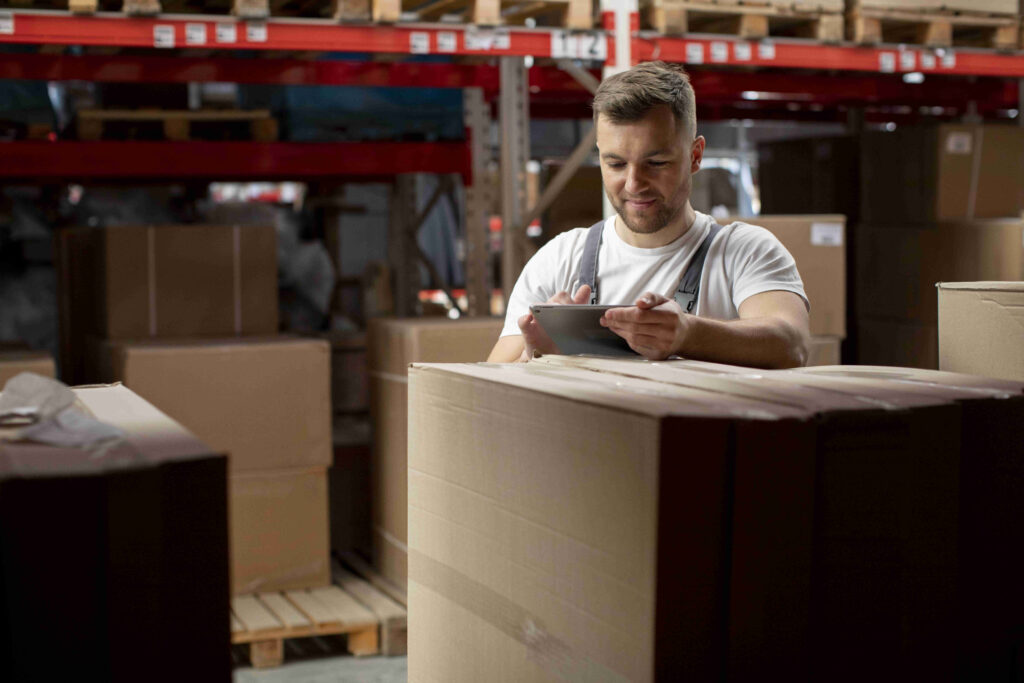Reverse Logistics: A Beginner’s Roadmap to Success
Reverse logistics is an essential yet often overlooked aspect of supply chain management, especially in the ecommerce sector. It involves the process of moving goods from customers back to the sellers or manufacturers, typically for returns, repairs, recycling, or disposal. A well-managed reverse logistics strategy can significantly reduce costs, improve customer satisfaction, and enhance sustainability efforts.
Understanding Reverse Logistics:
Reverse logistics isn't just about handling returns; it's a comprehensive system that includes product returns, refurbishing, repackaging, recycling, and disposal. For ecommerce businesses, managing these processes efficiently can turn what is often seen as a cost center into a value-adding operation.
Key Components of Reverse Logistics:
- Returns Management: Efficiently managing the process of receiving, inspecting, and restocking returned goods is crucial. A clear and customer-friendly returns policy can enhance the user experience and build loyalty.
- Remanufacturing and Refurbishing: Products that are returned often need to be repaired or refurbished before they can be resold. This not only saves costs compared to manufacturing new items but also appeals to eco-conscious consumers.
- Recycling and Disposal: Not all returned items can be resold. Efficient recycling or disposal of these products is necessary to minimize environmental impact and comply with regulations.
- Repurposing: In some cases, returned products or materials can be repurposed into new items, creating a new revenue stream and reducing waste.
Benefits of Effective Reverse Logistics:
- Cost Savings: By optimizing reverse logistics, companies can reduce costs associated with storage, transportation, and inventory management.
- Customer Satisfaction: A hassle-free returns process enhances the customer experience, leading to increased loyalty and repeat business.
- Sustainability: By refurbishing, recycling, and properly disposing of products, businesses can significantly reduce their environmental footprint.
Implementing a Reverse Logistics Strategy:
- Leverage Technology: Use software solutions to track returns, manage inventory, and streamline communication between departments and with customers. Platforms like Shipox can integrate reverse logistics into your broader delivery management system, providing a seamless experience for all parties involved.
- Set Clear Policies: Clearly outline your returns and refunds policies. Make sure they are easy to understand and accessible to customers.
- Optimize Operations: Regularly review and adjust your reverse logistics processes to ensure efficiency. Consider partnerships with third-party logistics providers (3PLs) that specialize in reverse logistics to handle the complexities.
Conclusion:
Reverse logistics can be a complex part of the supply chain, but when managed correctly, it can transform returns from a costly burden into a strategic advantage. By implementing clear policies, leveraging technology, and optimizing processes, businesses can enhance their reverse logistics operations, leading to improved profitability and customer satisfaction.
Recent Blogs
[Sassy_Social_Share type=”floating” align=”right” top=”250″]



